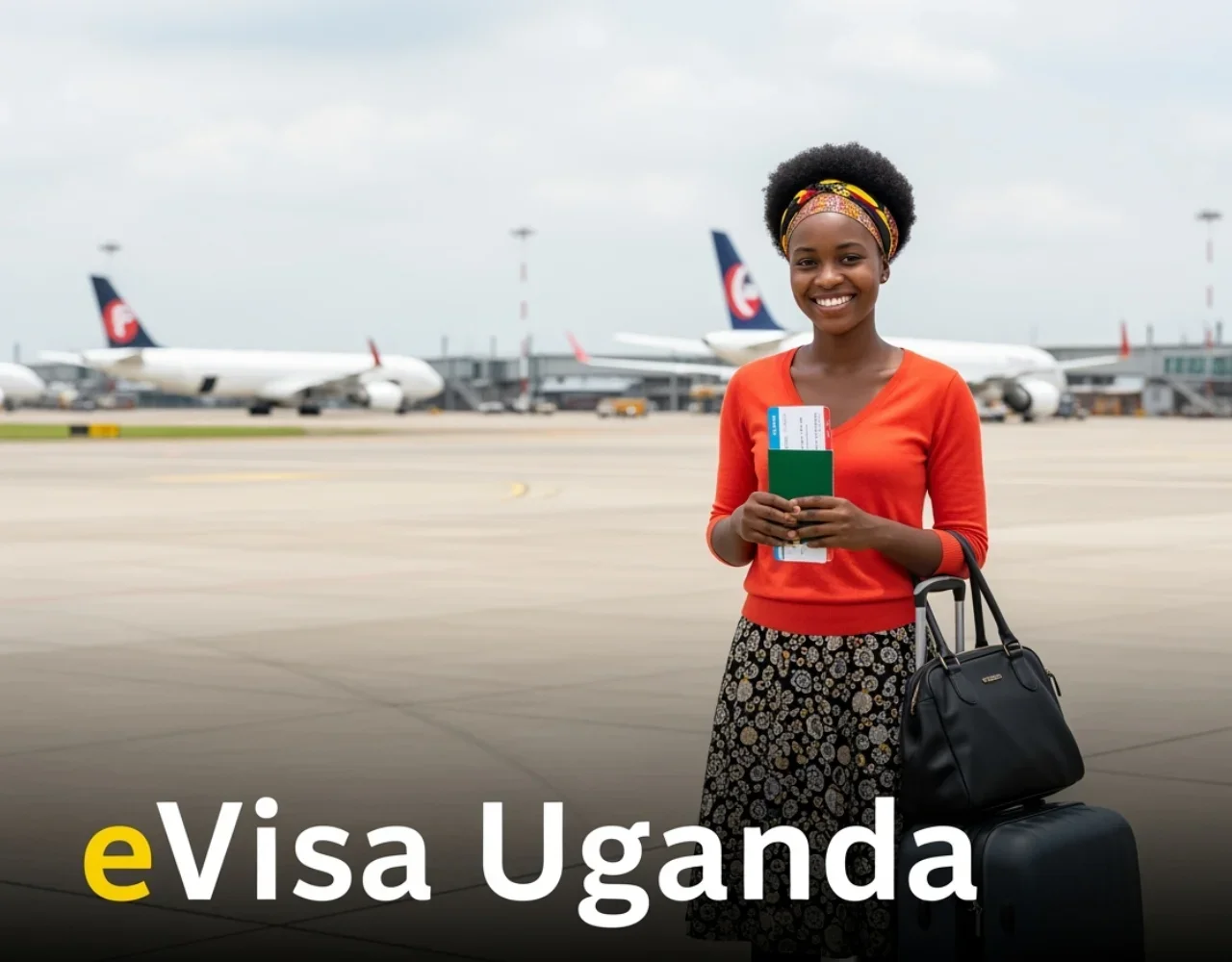Complete guide to Uganda eVisa photo size requirements. Learn exact dimensions, file specifications, quality standards, and how to resize your photo correctly for successful visa application.
Getting the photo size exactly right is crucial for your Uganda eVisa application. Incorrect photo dimensions are one of the most common reasons for visa application rejection. Understanding and meeting the precise size requirements ensures smooth processing of your application.
| Photo Size | Head Height Range | Eye Position Range | Use Case |
|---|---|---|---|
| 600 x 600 pixels | 300-414 pixels | 336-414 pixels from bottom | Minimum acceptable |
| 1200 x 1200 pixels | 600-828 pixels | 672-828 pixels from bottom | Recommended standard |
| 2000 x 2000 pixels | 1000-1380 pixels | 1120-1380 pixels from bottom | High quality option |
| 4000 x 4000 pixels | 2000-2760 pixels | 2240-2760 pixels from bottom | Professional quality |
Right-click on your photo file
Select "Properties" from menu
Click "Details" tab
Check "Dimensions" field
Select your photo file
Press Cmd + I for info
Expand "More Info" section
Check "Dimensions" information

Go to a free online photo editor like Photopea or Canva and upload your original photo.
Use the crop tool to make your photo square (1:1 aspect ratio). Center your face in the frame.
Resize the image to 1200x1200 pixels (recommended) or at least 600x600 pixels minimum.
Ensure your head occupies 50-69% of the total image height from chin to crown.
Export as JPEG or PNG with high quality settings. Check file size is between 50KB-10MB.
| Mistake | Problem | Solution | Prevention |
|---|---|---|---|
| Photo too small | Less than 600x600 pixels | Use higher resolution original or retake photo | Take photos at highest camera resolution |
| Wrong aspect ratio | Rectangular instead of square | Crop to 1:1 aspect ratio | Use square crop mode when taking photo |
| File too large | Over 10MB file size | Compress image or reduce dimensions | Use appropriate compression settings |
| File too small | Under 50KB file size | Reduce compression or increase quality | Use high quality export settings |
| Head too small | Head less than 50% of image | Crop closer or retake photo | Position closer to camera when shooting |
| Head too large | Head more than 69% of image | Crop wider or retake photo | Position further from camera when shooting |